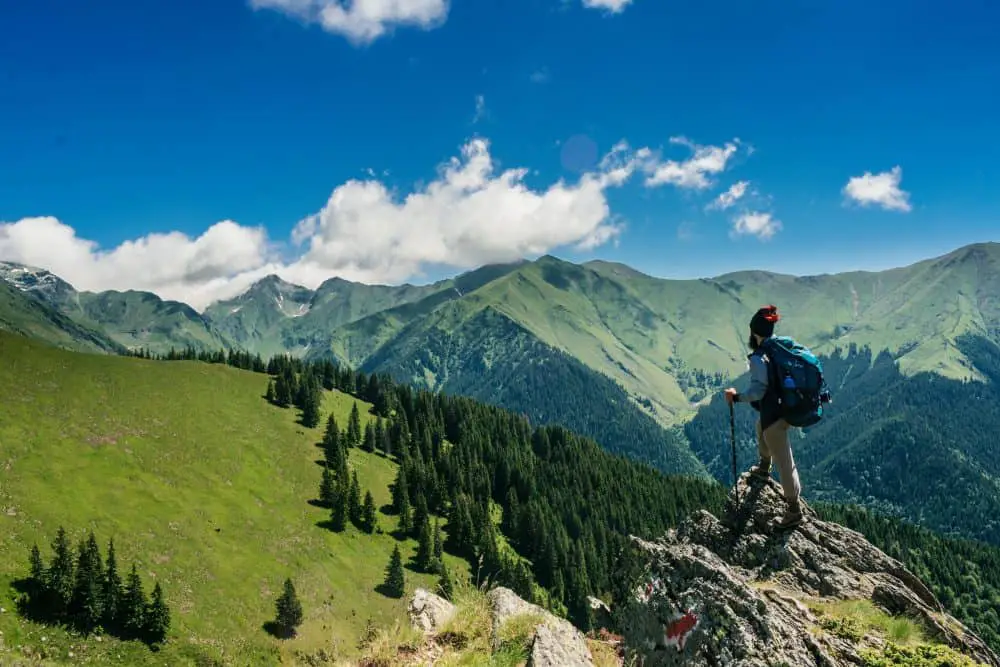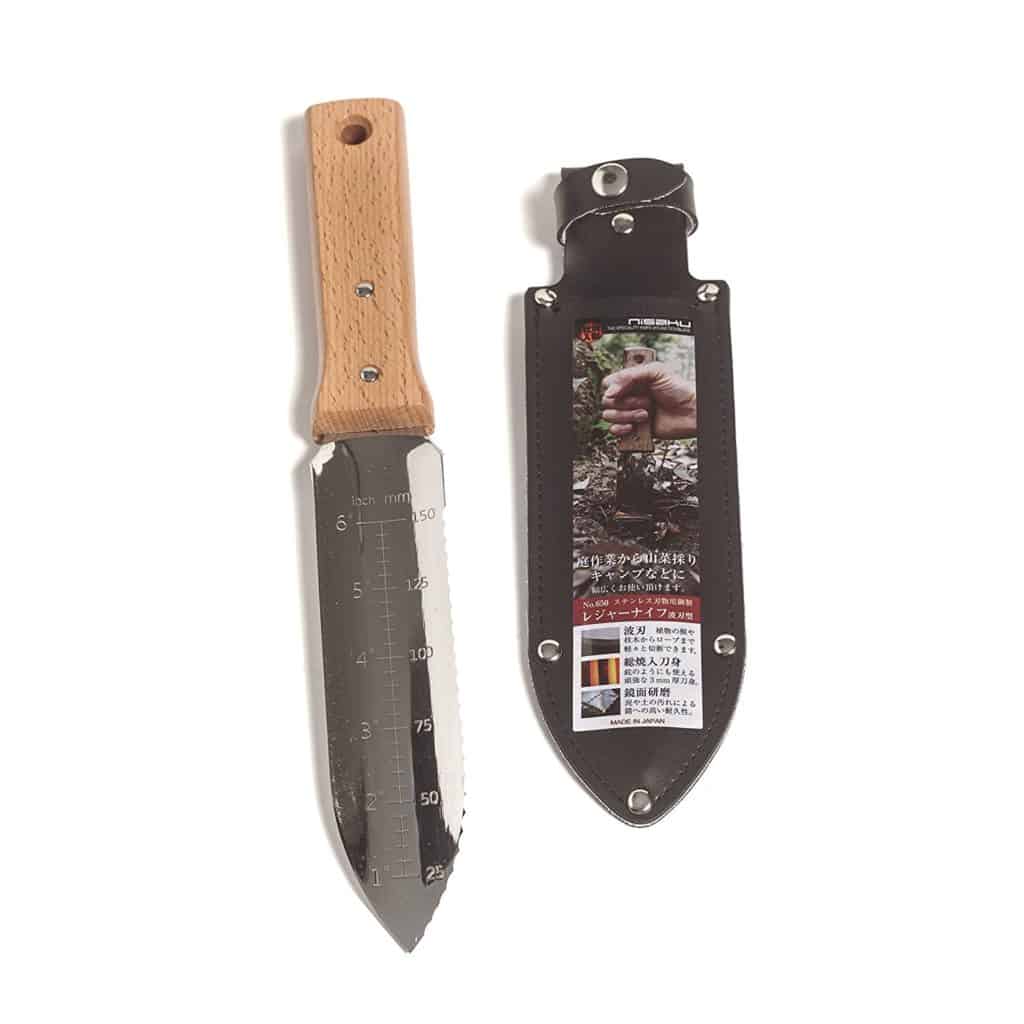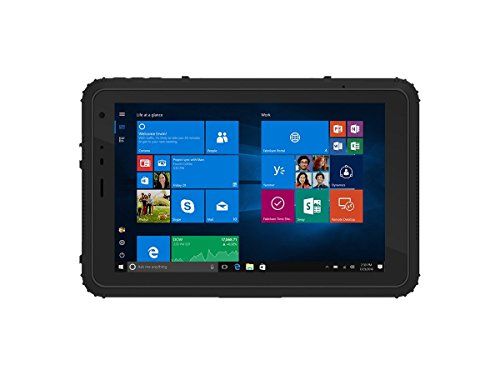As a student at university, I didn’t have a lot of money to spend on backpacking equipment. However, that didn’t stop me from taking trips into nature. There are quite a few learning lessons that helped me choose the best, most affordable bag for hiking adventures. With some quick research I’ll tell you how to find the best quality, yet cheapest backpacking sleeping bag for your needs.
Here’s a quick, informative video rundown of some of the considerations:
Table of Contents
Cheapest Backpacking Sleeping Bag
Cheapest O°F Sleeping Bag: TETON Sports LEEF
The Teton Sports LEEF is a synthetic mummy bag designed with price-conscious backpackers in mind. The dimensions are 87 inches long by 34 inches wide by 22 inches deep. The shell is 40D ripstop, water-resistant nylon, and the lining is a softly brushed poly-flannel.
If you are like me, and your feet get colder than the rest of your body, you will appreciate the added insulation in the footbox. There is also a 3-piece hood that cinches around your face and a full-length draft tube to keep the warm air inside. In fact, this TETON is EN rated for your peace of mind.
Included with this sleeping bag is a compression sack exactly the right size to fit the LEEF. That means you no longer have to roll. Just stuff! The weight is 2.9 pounds, so it is a bit on the heavy side. However, those newer to backpacking will get the experience they need without having to spend an arm and a leg.
This sleeping bag is also available up to +20°F:
Cheapest +15°F Sleeping Bag: Marmot Trestles
The Marmot Trestle is a synthetic sleeping bag that weighs 3 pounds and 6.1 ounces has a pack volume of 14 liters. This is a regular-sized mummy style model, and the EN is rated to +15 for men. That means the average woman will be a bit colder in this bag. The interior length is 85 inches.
This bag features a footbox designed for the opposite purpose than the footbox of the TETON. If your feet tend to get hot and sweaty at night, the bottom of this model allows for better heat regulation. There is also a little more room in the leg area than other mummies.
The outer shell is made of strong 70D embossed polyester, and the insulation is SpiraFil high-loft. This makes for a comfortable night’s rest. For your convenience, there is a two-way zipper as well as a fold-down secondary zipper. This adds more warmth as well as more options for ventilation.
The Trestle is also available in a long, 91-inch length.
Cheapest +25°F Down Sleeping Bag: Big Agnes Boot Jack
The Big Agnes Boot Jack is a 3-season sleeping bag from a well-known manufacturer. It weighs in at 2 pounds and 8 ounces, and the regular size fits sleepers up to 6 feet tall. As for specifics, the down is water repellent 600 fill DownTek, the construction is baffled, and the outer shell is treated ripstop nylon.
The included hood has a cincher that locks into place when you find your perfect level of coverage. The zipper promises to resist drafts and the interior lining is nylon taffeta. You get an 8-inch by 8-inch stuff sack and interior loops for easy hang drying. However, you will want to purchase a compression sack for backpacking to get it to a 7-liter mass.
This Big Agnes also comes in a long size.
Backpacking Sleeping Bag Shapes
Rectangular or Box Foot Sleeping Bag
This shape is the widest and typically the least expensive. People that are broader will benefit from the roominess inside. Additionally, rectangular bags are good for families, individuals, or couples that want to connect two bags together for more room. These aren’t great for backpacking however, since they’re larger and don’t pack down that well.
Semi-rectangular Sleeping Bags
Semi-rectangular bags are a mix of rectangular and mummy shapes. They are sometimes referred to as barrels. You can find hoods to fit this model, and many come with the hoods built-in. Some are detachable, which comes in handy for warm weather use. Typically, semi-rectangular are the most accommodating shapes.
Mummy Style Sleeping Bags
These sleeping bags are named for their unique, slim shape. Mummy bags always feature a built-in hood with cinching for even more warmth, and this tends to be the most popular design for 4-season sleeping bags. The snugger the fit, the less heat escapes. These are usually what true hikers and backpackers use, as they’re carrying less material on their backs, and the hood feature keeps them warm.
Size Matters
Similar to pants, there are short, regular, and long sleeping bag sizes. Always pay attention to the “fits-up-to X” size. If your height is on the upper end, consider going with a longer model. However, it is best for those between sizes to try both on. Remember that the smaller the size of the bag the lighter it will be for your backpacking trip, but may leave you “short sheeted”.
Sleeping Bag Temperature Rating
One of the key pieces of information to look for in an affordable sleeping bag is the temperature rating. This refers to the lowest temperature at which the product is supposed to keep you warm. However, it isn’t quite as simple as that.
The rating guidelines were created with the average camper in mind. That means if you run cold, you will need to purchase a bag with a lower temperature rating. Some outdoorspeople recommend going down a temperature level regardless. It is easier to cool down by opening the zipper or removing layers than to get warm when you have no additional insulation.
When shopping for sleeping bags, there will be a + or – in front of the numbers. These show you if the item is designed for above or below zero temperatures. Typically there are three different rating levels that correspond to bag type.
Summer Sleeping Bag
This seasonal bag is rated +30°F and up. As a 115-pound, 5-foot 5-inch woman, I tend to get colder more than my 190-pound, 6-foot partner. The perfect summer bag for me tends to be a 3-season model with vents. He prefers a +50°F design.
3-Season Sleeping Bag
Three-season models are designed to keep you warm between +15°F to +30°F. These bags are typically used for spring, summer, and fall weather. Keep in mind they will not offer enough warmth in early spring or late fall when the weather is still chilly. Don’t forget to account for the location of your backpacking trip. This will determine the seasonal temperatures you encounter.
4-Season (Winter) Sleeping Bag
Four-season, or winter sleeping bags, are available in ratings +15°F and lower. I have a winter bag rated to -5°F, and have had no problem staying warm in below freezing temperatures. They are best to use in late fall, winter, and early spring in a 4-season climate.
What are IOS and EN?
IOS and EN are both reliable indicators of temperature across brands. EN is the old standard, and IOS is the newer standard. However, they are just the same test with a different name. Both IOS and EN include a limit and comfort rating.
Limit ratings are used for males and unisex backpacking sleeping bags, while comfort ratings are used for female bags. The difference is that the comfort number has been adjusted for the colder female sleeper. If these two terms aren’t listed anywhere, the number given is only the brand’s estimate.
Will you be in an area with bears during their active season? Want to keep them away from you while you backpack? We have a guide to the best bear deterrent whistle to help you out.
Down Versus Synthetic Insulation
In the past, the choice between down and synthetic was a no-brainer. Everyone knew down was the warmer, yet non-water resistant option. Synthetic weighed more and took up more space, but dried out easier. Fortunately, technology has allowed both insulation types to improve on their weaknesses.
Down Filled Sleeping Bags
- Great for dry conditions
- Shines in cold temperatures
- Long-lasting
- Compressible
- Lightweight
- Fill power refers to the quality of the down, so the higher the better.
- Water-resistant down has been treated with water-repellant
- The RDS and TDS labels identify sleeping bags created from the feathers of humanely treated animals. These stand for Responsible Down Standard and Global Traceable Down Standard.
Synthetic Sleeping Bags
- Dries quickly
- Insulates despite being wet
- Hypoallergenic
- Less expensive
- Great for damp conditions
- Can be mixed with down in a blend
- Materials lighter than synthetics in the past
Outer Shell Material
There are two primary fabrics used to make the outer shell of sleeping bags: polyester or ripstop nylon. Some will have a DWR (Durable Water Repellent) finish, which is necessary for keeping moisture from seeping into your insulation.
Ripstop nylon material is measured by Denier (D). A higher number refers to greater thickness and strength. However, a difference in 5D or 10D isn’t worth the extra money.
Quality Versus Price: The Ultimate Showdown
If you are going to hike long distances in your pursuit of a destination, you want to have a quality bag. Why? There are a few reasons.
- A good night’s sleep. Backpacking isn’t easy on the body, even if you get out regularly. A comfortable bag will help you rest up for the next day’s adventure.
- The higher quality the sleeping bag, the longer it will last. The longer it lasts, the less money you have to spend over a longer period of time.
- Better quality bags regulate temperature better, keeping you warmer in the cold weather. They also have built-in accessories such as vents and draft tubes to keep you cool on warmer nights.
Warmth-to-Weight Ratio
Not all sleeping bags are light enough to be taken backpacking. Therefore, it is important to consider the warmth-to-weight ratio when thinking about quality versus price. This refers to how temperature rating and bag weight relate to each other.
In the long run, it might be worth it to you to purchase a bit more expensive product. However, if your budget doesn’t cover it right now, we recommend prioritizing price. There are other ways you can get the warmth you need, but they either cost money or will add weight to your pack. Backpacker outlines 8 additional ways to keep yourself warm.
One Last Word About Choosing the Cheapest Backpacking Sleeping Bag
If you take away one piece of advice, let it be this: try out the product before you buy it. When you order online, try it out right away. It’s important to know how the return policy works if the sleeping bag doesn’t fit your body comfortably.
Your shoe wear is also important, especially if you need to cross bodies of water to reach your target location. You will feel less exhausted with better footwear to help you navigate waters deep or shallow, fast or slow. Additionally, a solid base is important to keep you and your bag out of the water. IF you are backpacking in a wet place, be sure to get a good rain cover for you pack or a good waterproof cinch sack so your sleeping back isn’t wet. There are a number of other great pieces of gear you should think about as well, such as a great GPS watch for hiking, or a great set of binoculars to enjoy the wildlife while you’re out!
Has this guide helped you pick your very own backpacking sleeping bag? Do you know more than when you started reading? If so, like, comment, and share to help us spread the word!



